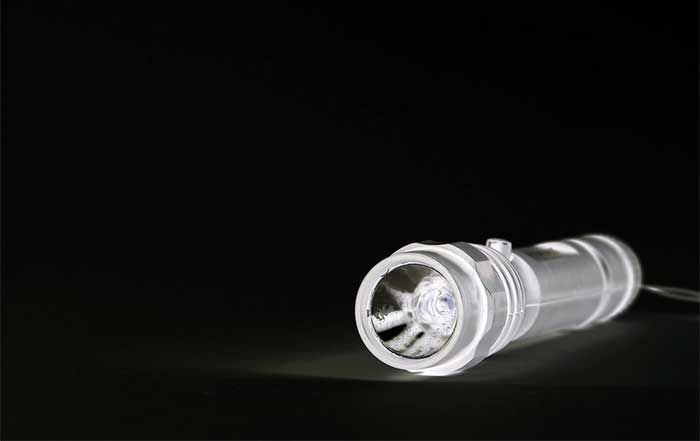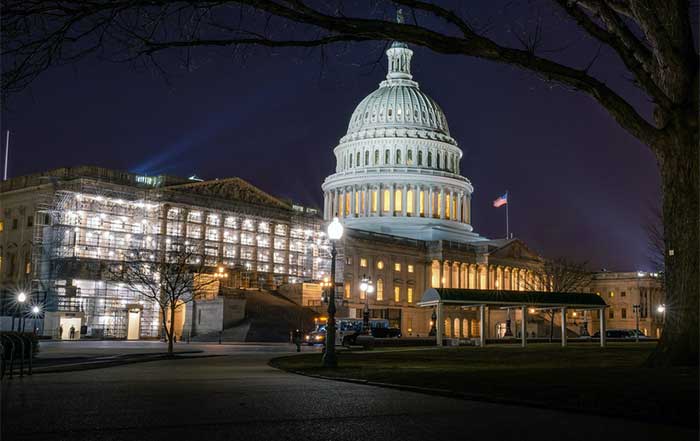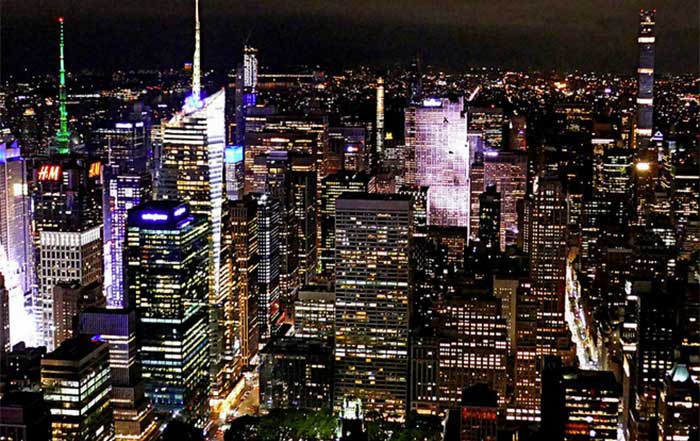It's now crystal clear that the US might not be prepared to deal with power blackouts if these happened simultaneously in various regions. Yes, the recent blackouts in California and Texas were a lifetime lesson for all stakeholders. The power issues were a clear sign of the authorities' failure to plan with the possibility of extreme weather in mind. So, when the fires raged throughout California, causing massive power failures, the powers-that-be were shaken. A summer heat storm and wildfires primarily caused the blackouts. The comments of one Senator pointed at the heart of the matter. Here's what Senator Ted Cruz tweeted when the massive heat waves heat the state: "Right now, California cannot perform the most basic functions that anyone would expect in a civilized society- including supplying power to its people."
But the taunting Lawmakers ( from Texas) soon had to eat humble pie when a massive storm crushed the Lonar Star power grid. More than 4 million were left without power or heat under swirling polar temperatures in its wake. Although the Texas and California cases were different in severity and scale, the result appeared the same. There was a fire in California and an ice storm in Texas. Experts, however, say that the outages in the two states make it clear that none of these states is prepared to deal with the ravages of the climate crisis.
Speaking about the situation, Roshi Nateghi, who is a Purdue University researcher, said that there are striking similarities between the occurrences in Texas and California. The scholar is an expert in sustainability, resilience, and infrastructure. "In both situations, there was extreme weather or climate event. Also, both states were not really prepared to deal with the situation." She said. Nateghi noted that in the last 20 years, severe weather had caused sustained power outages across the US.
The US Energy Department data analysis, published last year, showed that weather-related power outages went up by a massive 67% since the year 2000. Moreover, climate change is expected to continue fueling hotter heatwaves, ferocious hurricanes, and bitter winter storms in the future. Just as Texas and California have recently discovered more, generators, power plants, and electrical lines are not the answer to dealing with the coming catastrophes. Further, states like Texas and California, which rely on fossils, are making the situation worse, considering that these fuel sources are increasing the climate crisis, and contributing to the collapse of infrastructure.
Sascha Von Meier, a serving professor at the University of California, Berkeley (specialized in electrical engineering), said this: "The effects of the climate change are already evident. We can only expect more of this in the future."
The entire California power system is faced with two major issues: Demand and delivery. For the last few years, Pacific Gas and Electric (the suppliers of electricity in these states) have typically switched off the power whenever they believe their equipment risks starting wildfires during high winds or dry conditions. Actually, old and faulty power lines have caused such disasters in the past. According to company sources, it will take years to update the local power grids to deal with this.
Clearly, the state agencies failed to provide enough power for millions of residents to use when they needed it most. The Energy Commission' said in its report the heat storm was the "most extraordinary event." However, the commission admitted that it "has the intent and responsibility to plan how to deal with such events in the future." The commission acknowledged that it was becoming common to be "adversely impacted by factors of climate change. It appears things will get worse in the future."
Notably, in Texas and California, the power issues put the lives of the poor, the disabled, and the elderly in jeopardy. When the power failures came, many found that they were precariously placed; some had their life- sustaining medical devices losing power, putting their lives at high risk. For instance, when the heat storm caused blackouts in Texas, the wastewater treatment plant failed. This forced workers of color in places like Oakland to decide whether they'd open their windows (to cool the home) or close the windows to keep off the foul smell of 50,000 gallons of raw sewage that flowed from the nearby bay. In the same way, according to Nateghi, " Low-income people of color are always the worst affected by the power outages, pollution and climate and weather change.




